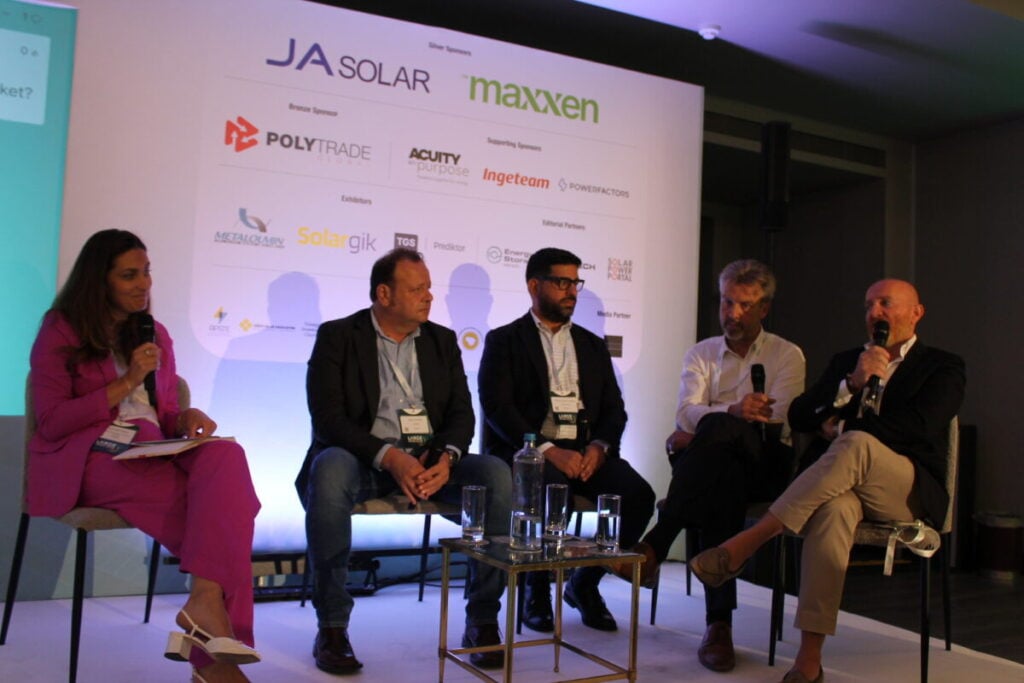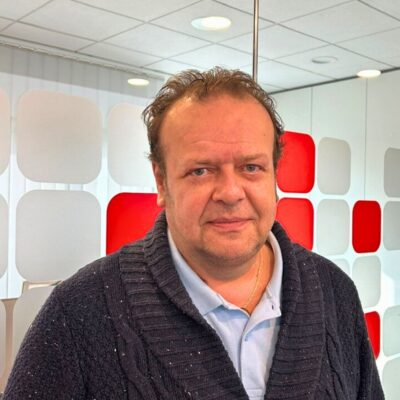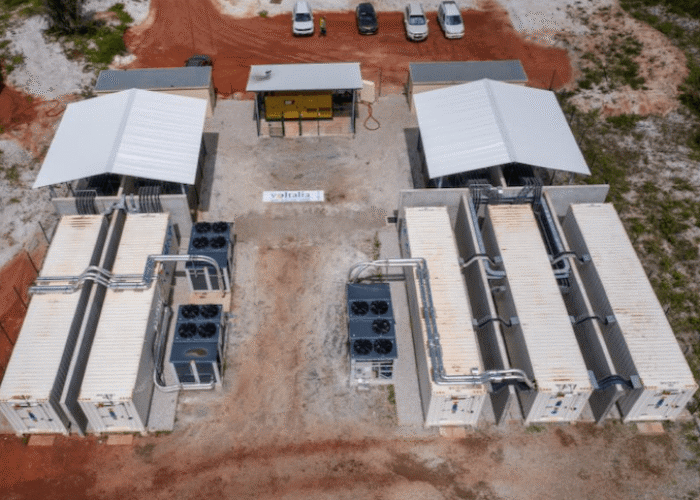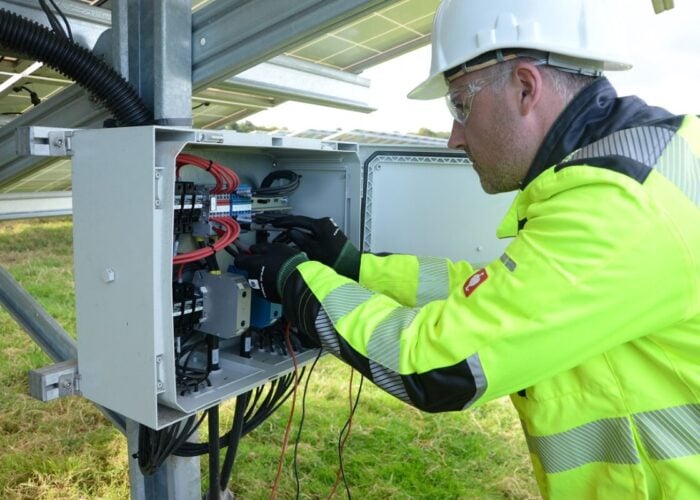
This year’s edition of the Large Scale Solar Southern Europe event, hosted by PV Tech publisher Solar Media in Athens, Greece, saw industry leaders come together to plot a course for growth in a renewable energy sector that is undergoing rapid change, particularly with regard to the co-location of solar and battery energy storage systems (BESS).
In Italy, for instance, the government is aiming to install 15GW of capacity by the end of the decade, up from just over 4GW across the total pipeline earlier this year, while Greece received €1 billion (US$1.1 billion) in support from the European Commission to deploy some solar-plus-storage projects last year.
Try Premium for just $1
- Full premium access for the first month at only $1
- Converts to an annual rate after 30 days unless cancelled
- Cancel anytime during the trial period
Premium Benefits
- Expert industry analysis and interviews
- Digital access to PV Tech Power journal
- Exclusive event discounts
Or get the full Premium subscription right away
Or continue reading this article for free
This trend is filtering down into some of the less mature renewable energy markets in the region, too. Earlier this year, Aurora Energy Research published its first coverage of the Balkans region, noting that across the Western Balkans—consisting of Albania, Bosnia & Herzegovina, Montenegro, North Macedonia and Kosovo—almost two-thirds of new energy demand by 2040 is expected to be met with renewable power deployments.
“Over time, the momentum for storage seen in south-eastern Europe will likely spread to the Western Balkans,” added Aurora in its report onto the Western Balkans, and the increasing emphasis on solar-plus-storage was echoed by attendees at this year’s Large Scale Solar Southern Europe event.
“This year, Ingeteam was actively involved in the Large Scale Solar Southern Europe event by sharing our experience in hybridisation and advanced power electronics,” said Mauro Rivola, VP of international sales and export director for solar PV, BESS and H2 at Spanish inverter manufacturer Ingeteam, who spoke to PV Tech after the event.
“Compared to previous editions, we noticed a much stronger focus on storage integration, grid stability and permitting challenges. Our contribution centred on how technological innovation can accelerate project bankability while ensuring grid reliability.
“The rapid increase in appetite for storage—particularly co-located with solar—has significantly influenced our activities in Europe,” he continued. “Co-location brings multiple benefits: it maximises the use of existing grid connections, improves the predictability of revenues and allows developers to offer more competitive bids in auctions. For financiers, hybrid projects reduce market risks by diversifying revenue streams.”
Investment appetite driven by market demand
However, demand for colocation varies across European markets depending on their individual dynamics. Patrizio Donati, co-founder and managing director at independent power producer (IPP) Terrawatt, told PV Tech in the lead up to the event that in Italy, for instance, co-locating solar and storage presents a less attractive investment case.
“The point of having co-located storage is to protect yourself against negative pricing,” he told PV Tech. This has been less of an issue for the Italian market over the last year or so, with power prices consistently higher than those in Poland, France, Germany and Spain since January 2024.
“We do not fully agree that standalone solar is no longer attractive, but it is true that financial viability is increasingly dependent on market design and regulatory frameworks,” said Rivola, agreeing that the picture can vary from one market to another.

“Standalone projects remain feasible when long-term power purchase agreements (PPAs) or contracts for difference (CfDs) are available. However, adding storage certainly strengthens the case for investors, especially in merchant markets. Both models—standalone and hybrid—will continue to coexist.”
Ingeteam, for its part, has worked in a number of markets outside of Europe, including eastern Australia’s first DC-coupled solar-plus-storage site, the mammoth Oasis de Atacama hybrid project in Chile and the 640MW Parliament solar project in Texas.
“Our experience in Australia and the US has been very valuable,” said Rivola. “Both markets are more advanced in terms of merchant risk exposure and hybrid project deployment. The challenges are similar—grid congestion, market volatility and regulatory uncertainty—but solutions developed abroad, particularly in storage integration and advanced inverters, are now informing our European projects.”
Towards the 2,000V threshold
Rivola also spoke of some of the technical challenges facing solar-plus-storage, particularly the trend of retrofitting existing solar plants with storage components as storage becomes more popular.
“Technically, retrofitting existing solar plants with storage requires modular, flexible solutions that can integrate seamlessly with legacy assets,” he said. He added that his company Ingeteam works with Spanish energy giant Iberdrola: “The addition of storage facilities to three operational solar plants in Spain has improved both the performance and resilience of these assets.”
to add storage facilities to three operational solar plants in Spain has improved both the performance and resilience of these assets.
“Our collaboration with Iberdrola has shown that careful planning of control systems and grid compliance is key to success,” Rivola explained. “We have learned that hybridisation not only increases asset value but also enhances plant resilience against curtailment.”
He also said that Ingetam is “closely aligned” with the industry’s shift towards larger inverters, particularly the move from 1,500V inverters to 2,000V inverters. While PV Tech Premium has heard of the challenges surrounding certification and supply chain development for this transition, Rivola is keen to invest in this space to capitalise on anticipated market demand.
“Ingeteam is closely aligned with the industry’s move towards higher-voltage inverters,” he said. “We already offer 1,500V solutions and are working on 2,000V technologies to anticipate market demand. We believe 2,000V will gradually, following the US market, become the new standard as it improves efficiency and reduces balance-of-system costs, particularly for very large utility-scale projects.”
When asked about the future of European solar and storage and key areas of concern for the industry as it evolves, Rivola concluded: “We would like to see deeper discussions on grid flexibility, long-term storage and the role of digitalisation in asset management. In our view, topics such as lifecycle optimisation, hybrid plant operation and integration of green hydrogen deserve greater attention to reflect where the industry is heading.”






